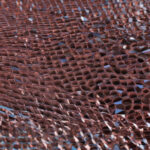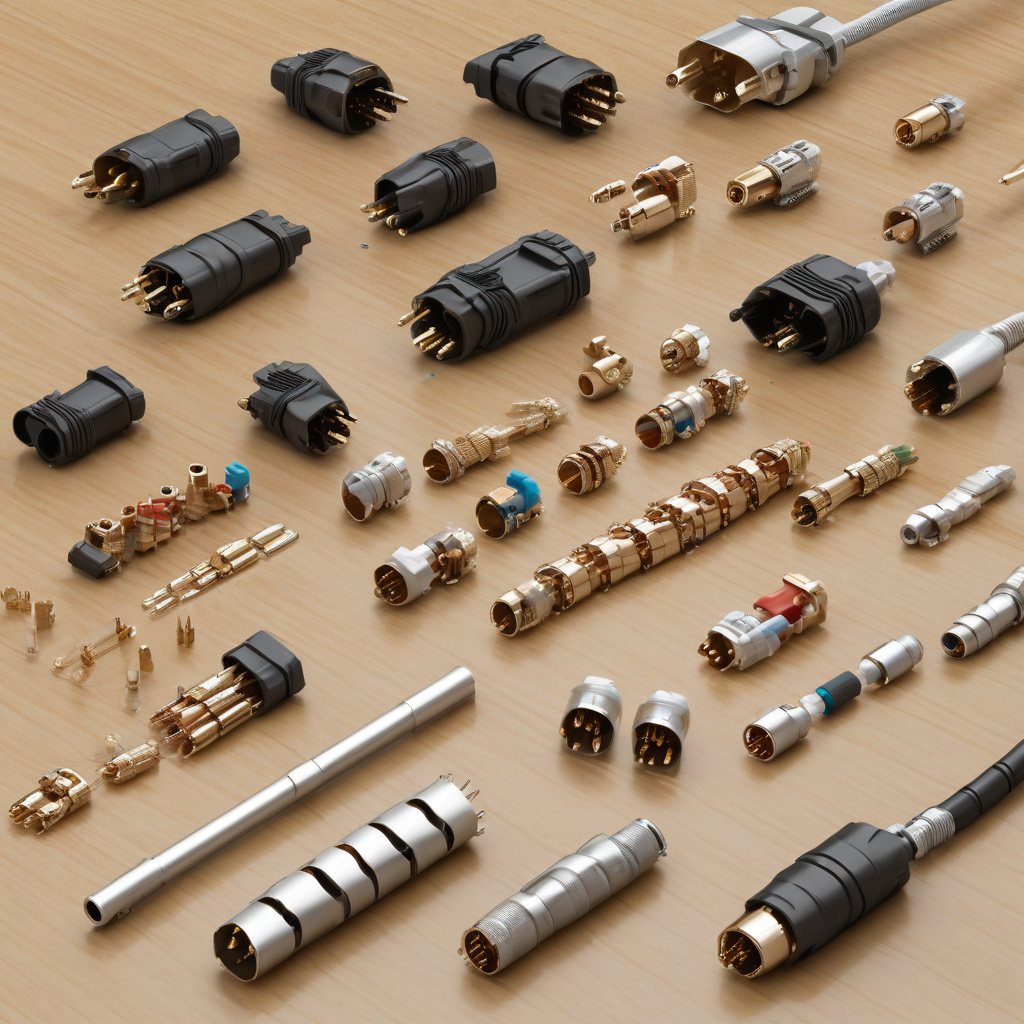Which Mains Inline Connector Should You Use? A Practical Guide
When it comes to electrical setups, choosing the right mains inline connector is crucial for ensuring safety and efficiency. With a variety of options available in the market, selecting the most suitable connector can be a daunting task. To help you navigate through this decision-making process, we have put together a practical guide that covers different types of connectors, safety considerations, and usage tips.
Types of Mains Inline Connectors
- Cable Connectors: These connectors are designed to join two or more electrical cables together securely. They come in various sizes and configurations to accommodate different cable types and gauges.
- Terminal Block Connectors: Terminal blocks are used to connect multiple wires together. They provide a convenient way to organize and secure connections in electrical enclosures.
- Plug and Socket Connectors: Plug and socket connectors are commonly used for portable electrical devices. They allow for easy and safe connection and disconnection of devices from power sources.
Safety Considerations
– Voltage Rating: It is essential to choose a connector that matches the voltage rating of your electrical system to prevent the risk of electrical hazards.
– IP Rating: The Ingress Protection (IP) rating indicates the connector’s level of protection against solid objects and liquids. Select a connector with a suitable IP rating based on the environment in which it will be used.
– Overcurrent Protection: Consider connectors with built-in overcurrent protection features to safeguard your equipment from power surges and short circuits.
Usage Tips
– Proper Installation: Follow the manufacturer’s guidelines for installing the connector correctly to ensure a secure and reliable connection.
– Regular Inspections: Periodically inspect the connector for any signs of wear or damage. Replace any faulty connectors immediately to prevent safety risks.
– Consider Environmental Factors: If the connector will be used outdoors or in harsh environments, opt for connectors that are designed to withstand such conditions.
In conclusion, selecting the right mains inline connector is essential for the safety and functionality of your electrical setup. By considering the types of connectors available, safety factors, and usage tips, you can make an informed decision that meets your specific requirements. Remember to prioritize safety and quality when choosing a mains inline connector for your next electrical project.
The post “Which mains inline connector should you use? A practical guide” originally appeared on Innovation News Network.
ElectricalSafety, ConnectorTypes, EfficientElectricalSetup, MainsConnectorGuide, ElectricalConnections









